




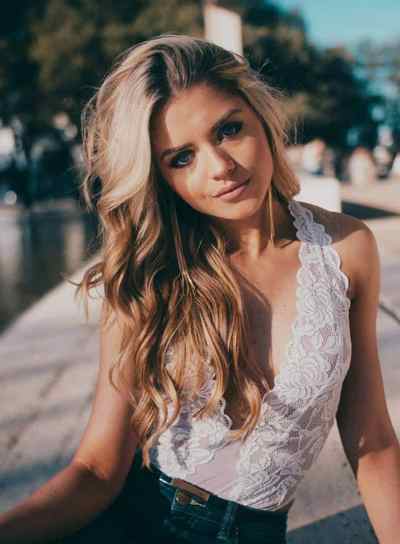


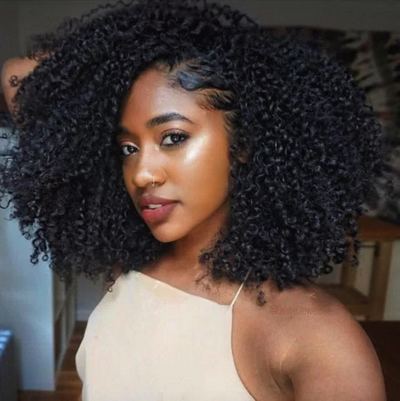















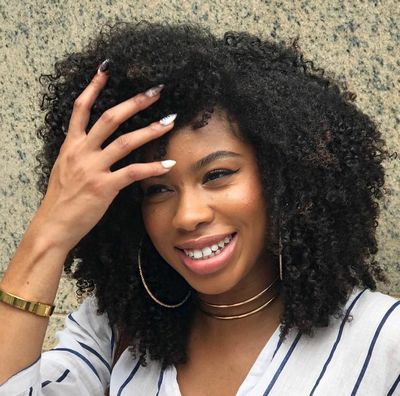


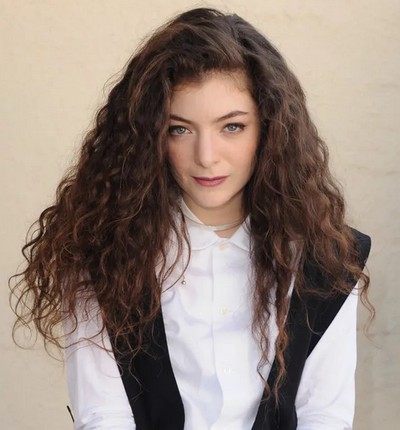




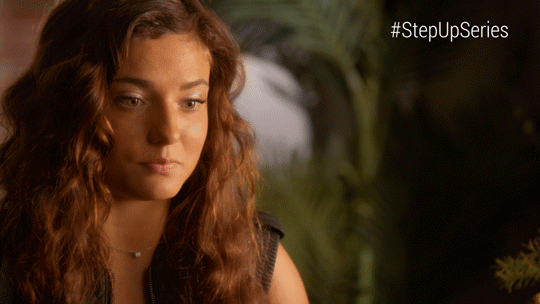





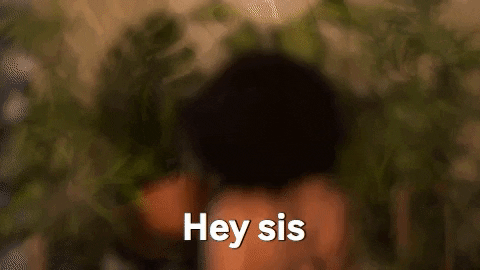

There are numerous types of hair out there. Do you want to know what type of hair you have? Would you like to know what type of hair you have? Is your beautiful mane kinky, curly, wavy, or straight? What does 2B hair look like? Do I have a 4C or 4B hair type? Our hair type quiz is here to help with all these questions. With this quiz, all the numbers and letters won’t be a mystery for long! Let’s go and find out your hair type.
We can categorize our hair into particular types according to the curl pattern, shape, and tightness. Knowing your hair type is essential if you want to know how to care for it properly. The most popular hair classification system used by hair experts is the one created by Andre Walker, Ophrah Winfrey’s hairstylist.
Type 1 hair generally doesn’t hold a curl too well and tends to get shiny and oily. There are some differences between types 1A, 1B, and 1C, but they don’t necessarily require different hair care routines, so these are frequently described together in the hair typing system.
Type 1A hair is fine, silky, and dries straight, while type 1B hair has more volume and tends to curl at the ends. Type 1C hair is coarse, frizz-prone, and can hold a curl relatively well compared to the other two types. Specialists recommend brushing out type 1 hair daily and not overloading it with oil-heavy products.
Type 2 hair is somewhere between straight and curly. We differentiate between 2A, 2B, and 2C types.
Type 2 hair is usually straight from the roots to the eye level and forms loose waves from the eye level to the ends. Its texture is naturally soft, tousled, and not very frizz-prone. To keep the subtle waves, hairstylists suggest light products like a mousse instead of those based on oils or creams.
Type 2B has waves with a distinct S shape and medium structure. This hair tends to get somewhat frizzy and resistant to straightening. People with type 2B can effortlessly achieve the classic beachy look with a touch of mousse, gel, or salt spray.
Type 2C has the thickest waves, with a few curls here and there. The wave pattern may start near the crown and fall downward. Type 2C can get frizzy in damp weather. To combat the damage that humidity, hard water, and daily straightening can do to this hair, specialists recommend products that add extra moisture.
Curly hair can range anywhere from tiny ringlets to big locks. It’s usually the most sensitive to heat damage, heavy products, and frizz.
Type 3A includes loose, large curls, sometimes mixed in with some waves. Because it’s not very tight, this hair doesn’t require a lot of styling or products to look good. Still, it’s easy to damage it without proper care. Brushing type 3A hair is not recommended because it destroys the natural curl pattern. Use products that battle frizziness and boost your locks’ natural definition.
Type 3B hair consists of springy, spiral-shaped ringlets that hold their curl when pulled out, unlike type 3A. It tends to be coarse, more full, and frizz-prone. For proper maintenance, type 3B needs moisture and deep conditioning. Steer clear from products containing silicone and sulfates because they might make your hair more dry and breakable.
Type 3C includes tight corkscrew curls that tend to grow away from the roots before flowing down. They have a lot of volume but aren’t as smooth as the other two types. If you have type 3C hair, don’t brush it out, but use a leave-in conditioner and style it with your fingers. Hair specialists recommend air drying instead of blow drying.
This hair is tightly coiled, full of texture, and very delicate. It needs a lot of moisture and thoughtful care.
Type 4A hair means tight, S-shaped curls with a more defined pattern than other coily types. They’re also smaller, which allows type 4A to keep moisture better. It still needs a lot of hydration, so experts recommend using deep-conditioning masks and creams and cutting down on heat styling.
Type 4B hair has a crimpy texture and a less defined curl pattern. When stretched out, it’s not shaped like the letter S but zig zags in different directions instead. You can try the shingling method to define your 4B curls. Wear them in protective hairstyles to avoid damage from frequent washing and styling. Type 4B might benefit from oil-based products to combat frizziness.
Type 4C hair is kinky, dense, and so tightly packed that there is seemingly no definition. These curls are the most fragile and require a lot of nutrition. Specialists suggest rich conditioners like natural oils or shea butter. Avoid rough or frequent combing if you have this type of hair because it can lead to breakage.
Knowing what kind of hair you have allows you to care for it properly and learn to work with it instead of fighting it. Discovering your hair type and developing a hair routine can take some trial and error, but our quiz will get you started.
Straight, wavy, or curly? Are you ready for your hair type quiz? Find out the true nature of your curls with just a few simple questions!